Functional Anatomy for Occupational Therapy is the “just right challenge” to optimize learning for occupational therapy students. It includes the correct amount of depth with adequate detail, yet it does not oversimplify things. It is written specifically for occupational therapy students and puts occupation in the forefront. As always with Books of Discovery textbooks, the exceptional images add to the clarity of the concepts. I think occupational therapy students will engage with this text and enjoy learning the important foundational content.”
Textbooks that stand above the rest.
Functional Anatomy for Occupational Therapy
Creates learning experiences that deepen students’ understanding of functional anatomy.
An occupational therapist himself, lead author Nathan Short expertly helps instructors create learning experiences that facilitate students’ understanding of the science of purposeful movement—all through an occupation-based lens. With more than 1,000 images, including 200 muscle overlays of functional movement, and 51 detailed cadaver images, this textbook helps you create unrivalled visual instruction.
Provides students with real-life connections to their future careers.
Occupational Profiles woven throughout the textbook, Functional Anatomy for Occupational Therapy, present functional anatomy content through the lens of patient experience. Students will see the real-life connections and understand the clinical relevance of patients’ ability to perform daily activities.
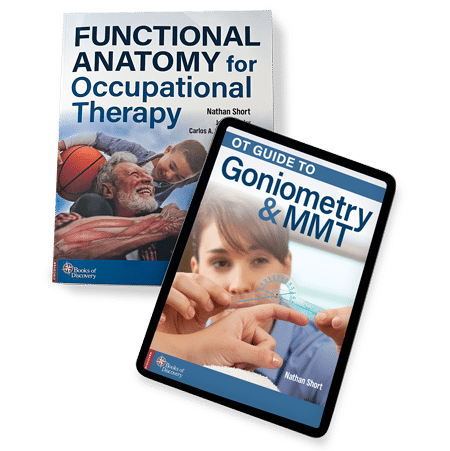
Sets up students for success.
Functional Anatomy for Occupational Therapy helps OT and OTA students master subjects needed to excel in required coursework, clinical practice, and on the National Board for Certification in Occupational Therapy exam.
Comes with FREE student resources, including OT Guide to Goniometry & MMT
Our student resources section has a variety of digital study aids, including a complimentary eTextbook OT Guide to Goniometry & MMT. This companion eTextbook to Functional Anatomy for Occupational Therapy presents detailed video and photographic instruction for more than 50 common functional movements.
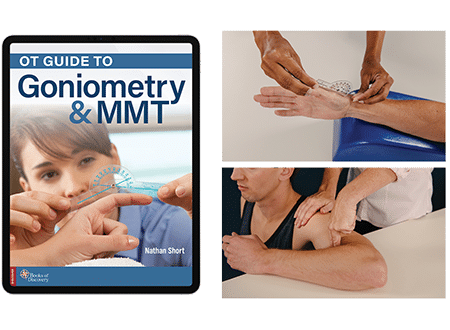
Trail Guide to the Body
Helps students master palpation of body regions vital for everyday activities.
Trail Guide to the Body – the gold-standard textbook for teaching palpation – is a dynamic tool that presents step-by-step palpation instruction, actions of daily living, and beautiful illustrations of musculoskeletal structures for learning how to conduct effective assessments. The textbook includes comprehensive palpation lessons for the upper and lower extremities, thorax/trunk, and head and neck.
Makes the complexities of anatomy, palpation, and movement easier to understand.
Written in an encouraging voice and sprinkled with subtle humor throughout, Trail Guide to the Body is an educational powerhouse that makes it easier for students to learn the complexities of musculoskeletal anatomy, palpation, and functional movement. This popular and widely vetted textbook covers topics essential to a student’s success in assessing joint movement, muscle strength, and functional mobility when determining treatment plans and adaptive devices best suited to a patient’s needs.
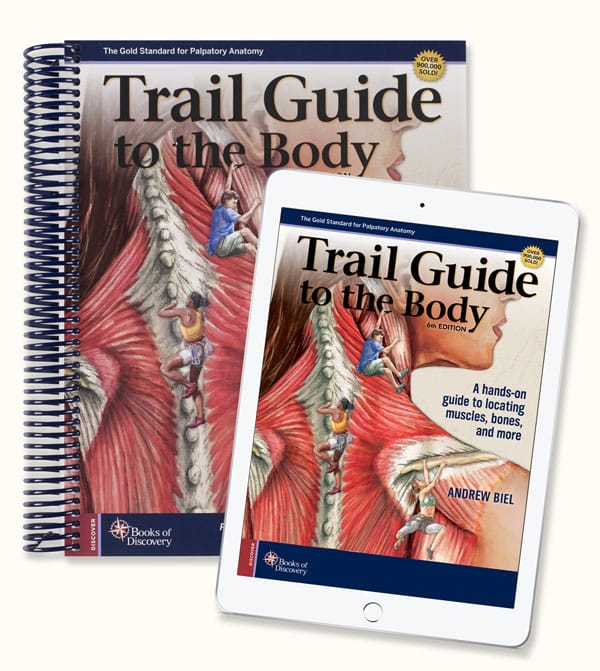
Using Trail Guide to the Body to guide our palpation labs has made things MUCH easier for the students. I’ve noticed a huge improvement in student performance over previous years.”
You may also like…
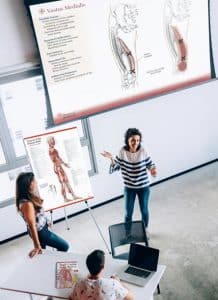 Complimentary Instructor Resources
Complimentary Instructor Resources
When instructors require a textbook for one of their courses, they automatically gain access to tried-and-true teaching resources. These online tools make class prep and the delivery of engaging lessons quick and easy.
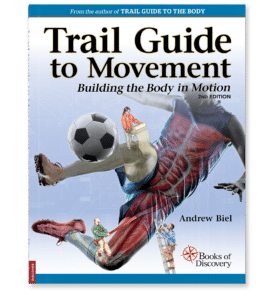 Trail Guide to Movement
Trail Guide to Movement
Author Andrew Biel takes students on a unique and fascinating journey as he helps build — step by step — a human body in motion. Topics include key physiological elements of movement and biomechanical principles.
